I was digging through the junk electronics boxes at several Okinawan thrift stores (as is my habit) and came across two classic-looking point-and-shoots.
The Fuji Cardia Hite is a 1986 pocketable fixed lens 35mm f2.8 dressed in black ABS plastic with a red racing stripe (perhaps Nikon F3 inspired?). In the west it was sold as the DL-300 (presumably because we westerners are unfamiliar with “Cardias” or “Hites”, I suppose). It’s not particularly small, but it fits in my back pocket. In general I’ll refer to it as the DL-300 for simplicity.
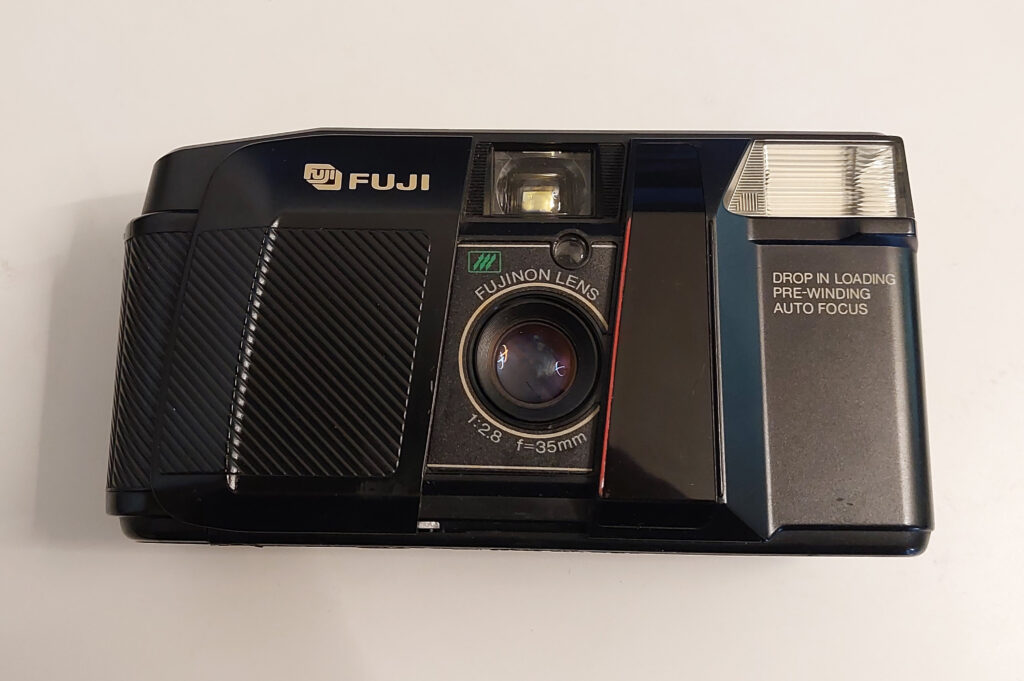
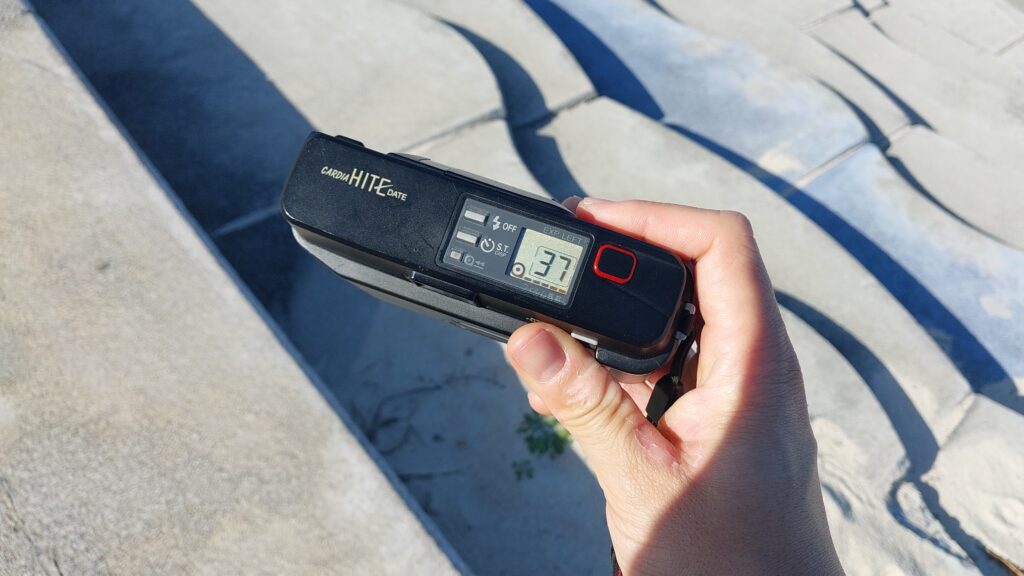
It has a sliding front shield that protects the lens – and it looked great. No LCD bleed, no corrosion in the battery compartment, and the lens (both the exposed front and rear element inside the film compartment was unscratched and intact. It was mine for the ludicrous price of 1300 yen (about $9.00). For that price, I was content to try it out, condition unknown.
I found the second point-and-shoot in more or less identical circumstances, rattling around in a tub alongside a dozen camera flashes and handicam battery chargers. 1998’s Pentax Espio 140 is less attractive (to my eye) with its more rotund shape – but it conceals a two-segment telescoping zoom lens with an impressive 38-140mm focal length. This is a much harder camera to cram into a pocket. As an aside, it is basically impossible to fully extend the lens without someone nearby making a crass comment.
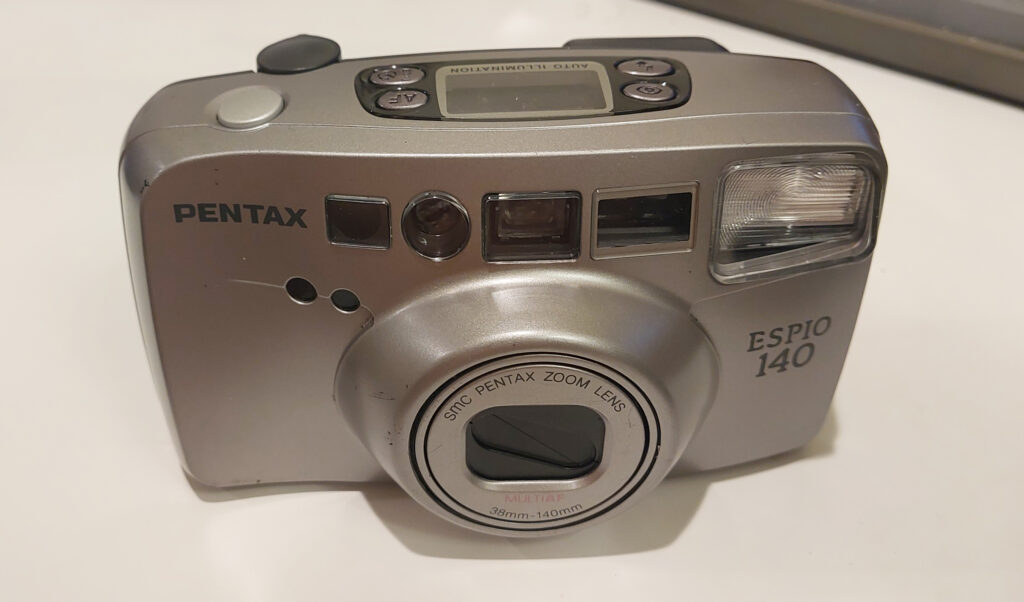
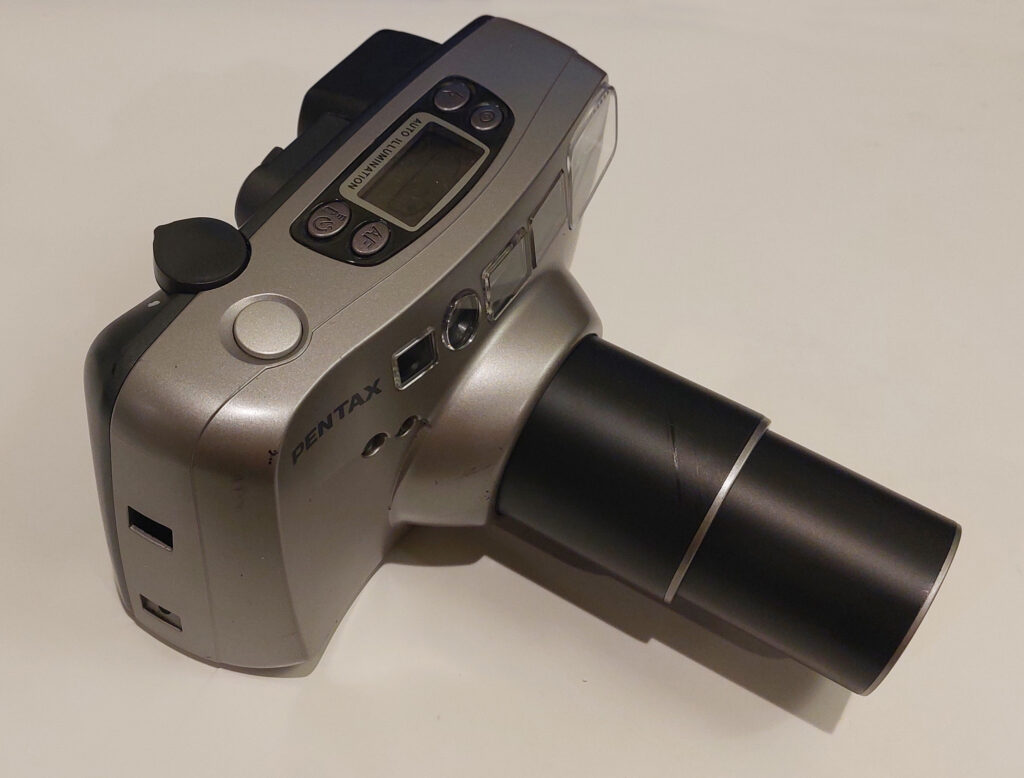
This… elongation also draws attention in other ways. Compared to a prime lens P&S, the motor whine is loud and unsubtle. Everyone nearby knows they’re a possible subject – (it’s the “zoom and enhance” sound effect from the movies). Given that film point-and-shoots have been endangered for years, they are an unusual sight and sound nowadays and draw immediate attention. As a caution in using this, I would expect everyone nearby to look over at the source of the sound, emit a couple snorts and dad-jokes, and then return to business. In Japan I don’t understand the jokes but these sorts of reactions transcend language.
On the other hand, the Fuji DL-300 with its fixed lens is near silent in operation – its motorized advance does make some noise but it is quite subtle. In DSLR I prefer longer lenses – but the DL-300’s 35mm is perfect point-and-shoot territory; I found it very satisfying to compose with. Aesthetically, everyone knows the ’80s wins over the ’90s. Point and shoots are no different.
I gave my brother the Espio and I took the DL-300 – and we took these cameras on a canyoneering trip into the Okinawa jungle. Both were loaded with bulk-rolled Arista 400 (AKA Fomapan 400), in canisters DX-coded for 100 ISO. This is fine – my prior experiences with Arista is that it works better with more light.
Quick note on development – as mentioned, this is allegedly 400 speed Arista EDU film from the same bulk roll. I shot them in 100-iso coded canisters (which I assume these cameras read). I developed them at 200 (both the Espio and DL-300 rolls in the same batch), so any differences you see between the pictures will be due to the qualities of the glass/metering system. The results are as you see them.
For those unfamiliar, these actually have room for two batteries – one powers the motors/shutter/metering/etc. (usually one or two CR123 or a the more obscure CR2a), and the other is a coin-cell that fits in the film back and powers the date function. This latter battery is unnecessary to the camera’s basic function.
I was seized by a fit of nostalgia when I realized the clock year in both point and shoots didn’t go past 2010 (I suppose the manufacturers never envisioned them lasting as long as they have). I put the coin-cell batteries in both to run the date stamping function and set the year to ’94 (what’s 30 years amongst friends?). This might confuse archeologists in the distant future but I thought it might be nice to have “analog metadata” available for any photos I took with these.
However, upon seeing how it turned out, I regretted using the date function. I often need to do some cropping/correction in post – fixing the horizon line or removing items that distract from the subject (especially necessary with fixed primes). I also shoot in portrait orientation fairly frequently – in these cases the date is potentially in very distracting locations. I suppose if you were using color film and taking purposefully retro photos of family gatherings (as these were originally designed for) this could be less bothersome.
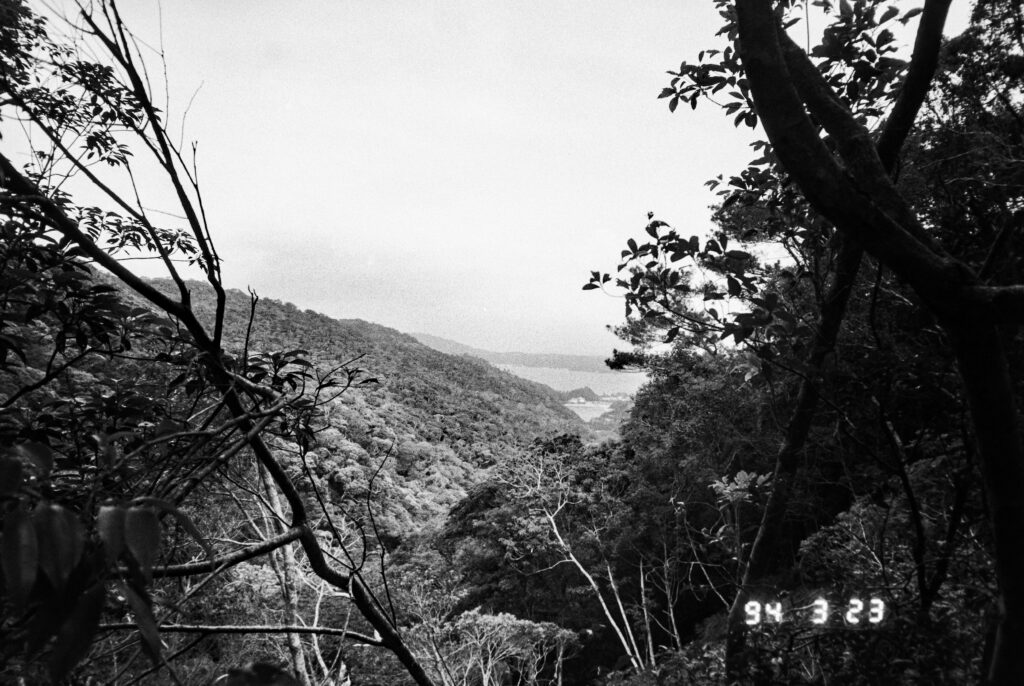
The Espio had an even worse issue – the dates bleed light in a distracting smudge:
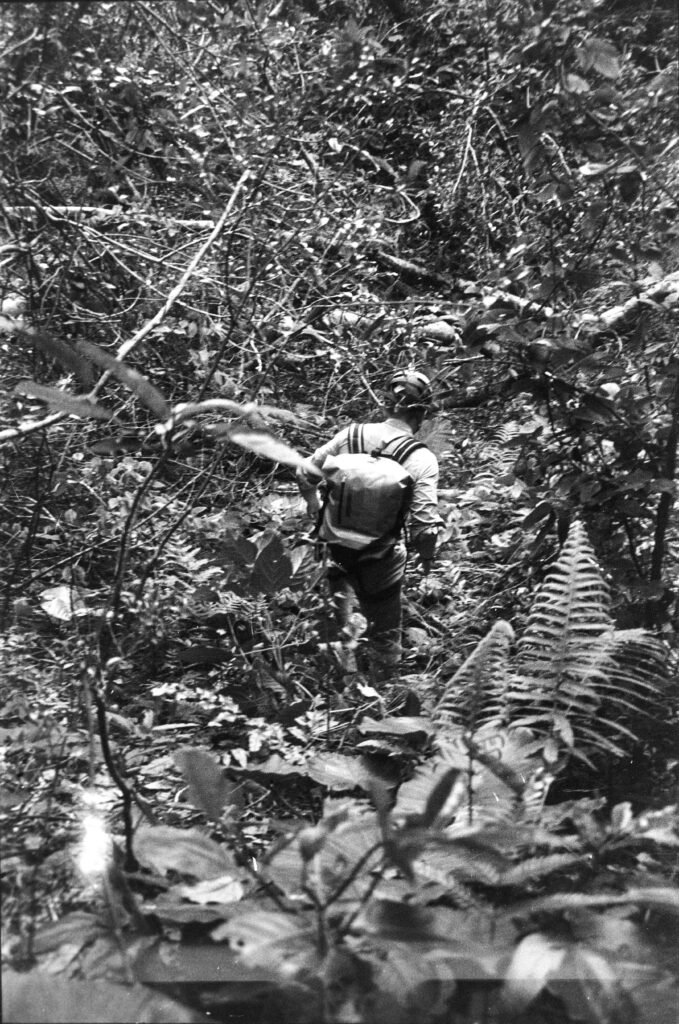
I think I will omit the date function in these henceforth. I’m sure most of the pros here would have told me that (in retrospect it’s quite obvious it would distract from the photos), but some things you have to learn firsthand.
My brother got through about 20 shots in the Espio before he called me over. The motor noise was continuous – it was trying to extend the lens, but something had seized. Trying to push or pull the lens to “help things along” had no effect. Removing and replacing the battery likewise produced the same result. We resigned ourselves to its passage. For 550 yen, I was unconcerned.
Even with my DSLR, photos in the jungle have been challenging. For one thing, it’s very dark. Additionally, the camera doesn’t convey depth very well – the foliage blends together and there is very little variation in brightness that I rely on as a mostly black-and-white shooter. So I was pleased that either of these cameras produced any shots of value:
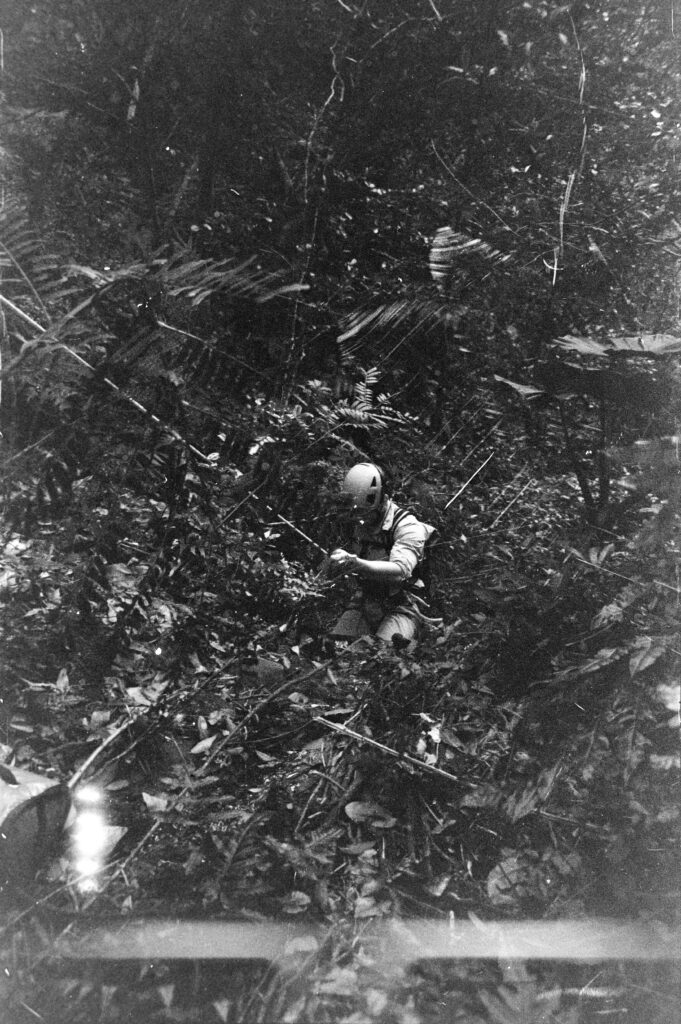
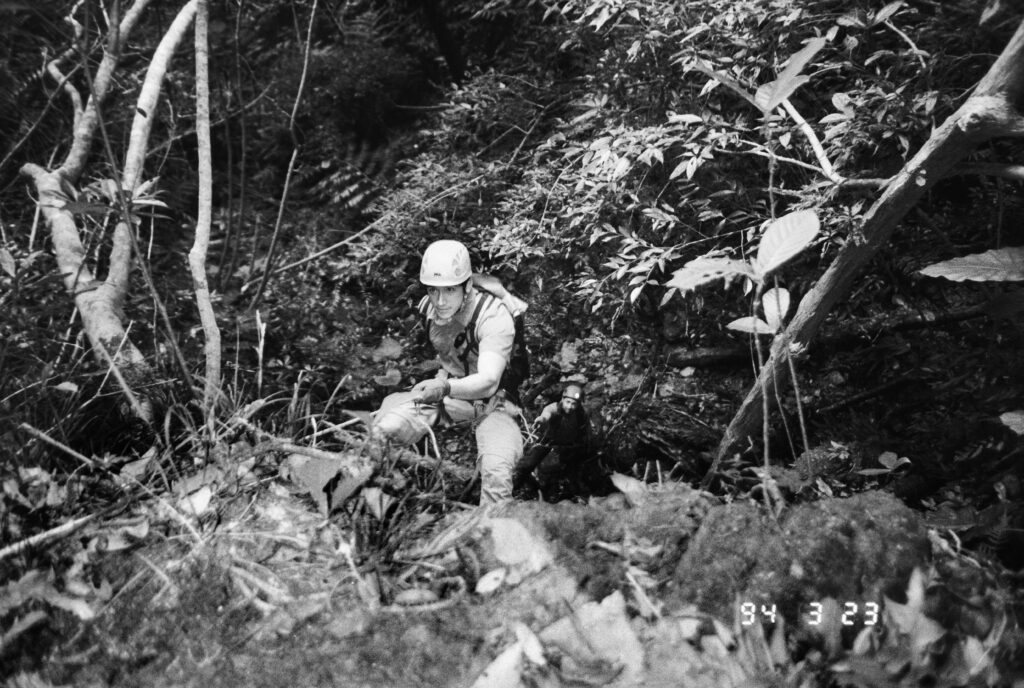
We were able to get some shots in a similar setting and lighting conditions, so hopefully this provides some insight into what you get out of ‘90s point and shoots. To be frank, I wouldn’t buy these for more than $20; in general they were not built to last (see the date function’s year limit) and for mere mortals they are rarely user-repairable.
However – while taking some of the reference shots for this article, I decided to give the Espio 140 another chance. I gave the protruding lens a good shove and it retracted fully. Upon putting a new battery in, it seemed to work once again.
I guess that means I get to go test it!
I think most people would be better off with an SLR or ‘70s manual fixed lens metal rangefinder. However, P&S shine when taking shots one-handed (as is the case in several of these) or when you don’t really have the mental space to be setting shutter/aperture and pulling focus. Sometimes I go out and I’m not in “photographer mode” – more of a “dude with a camera” mode.
It also would be unlikely for me to haul a flash setup out into the jungle (and less likely for all the vintage gear to survive the journey!). But a 550 yen all-in-one point-and-shoot? Absolutely. One interesting shot from the Espio that was only possible due to the zoom and flash functionality:
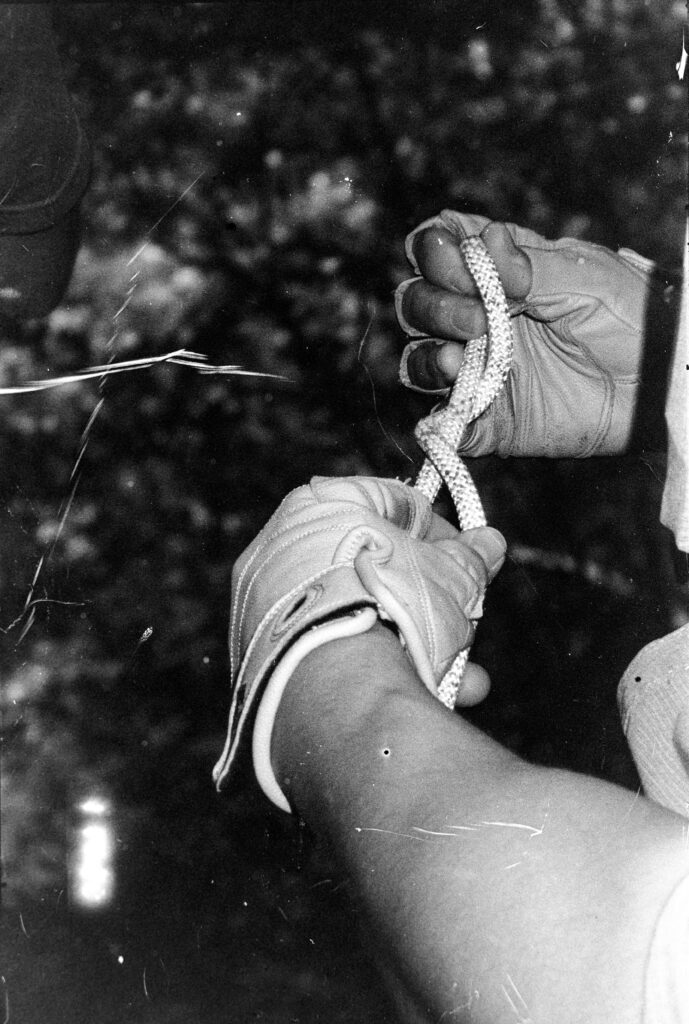
It comes back to why we shoot film. If photography were purely about optimization, our smart phones take perfectly fine pictures. We always have them with us (for better or worse). Simply put – film is a different experience. And one that many of us find quite gratifying.
Share this post:
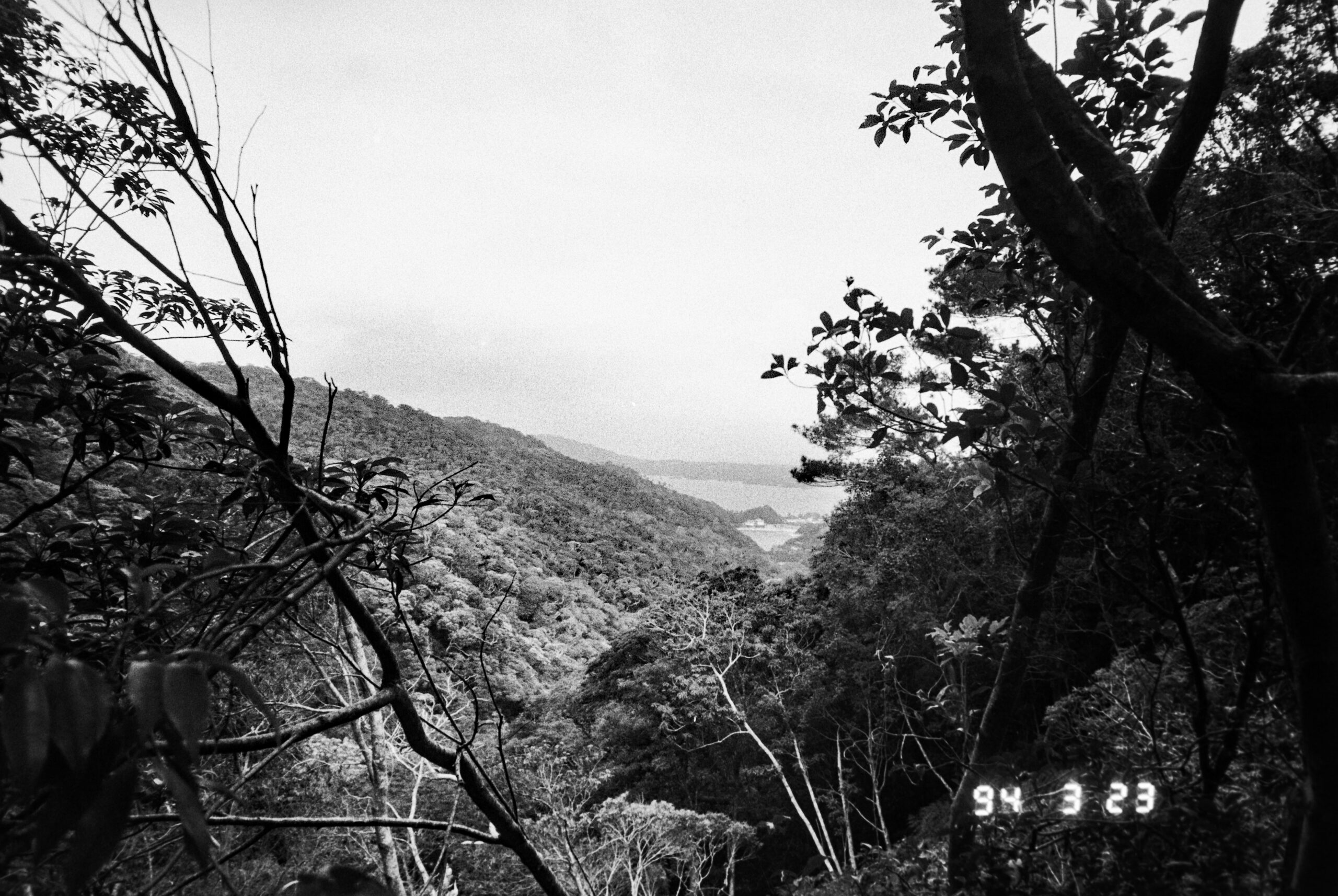
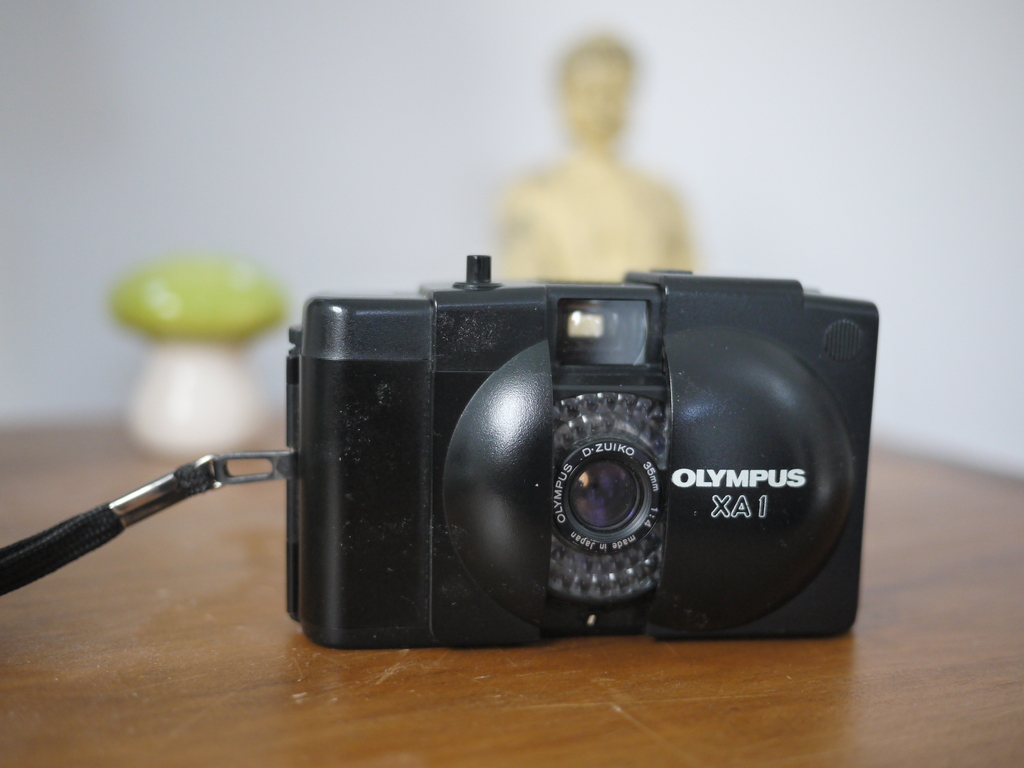
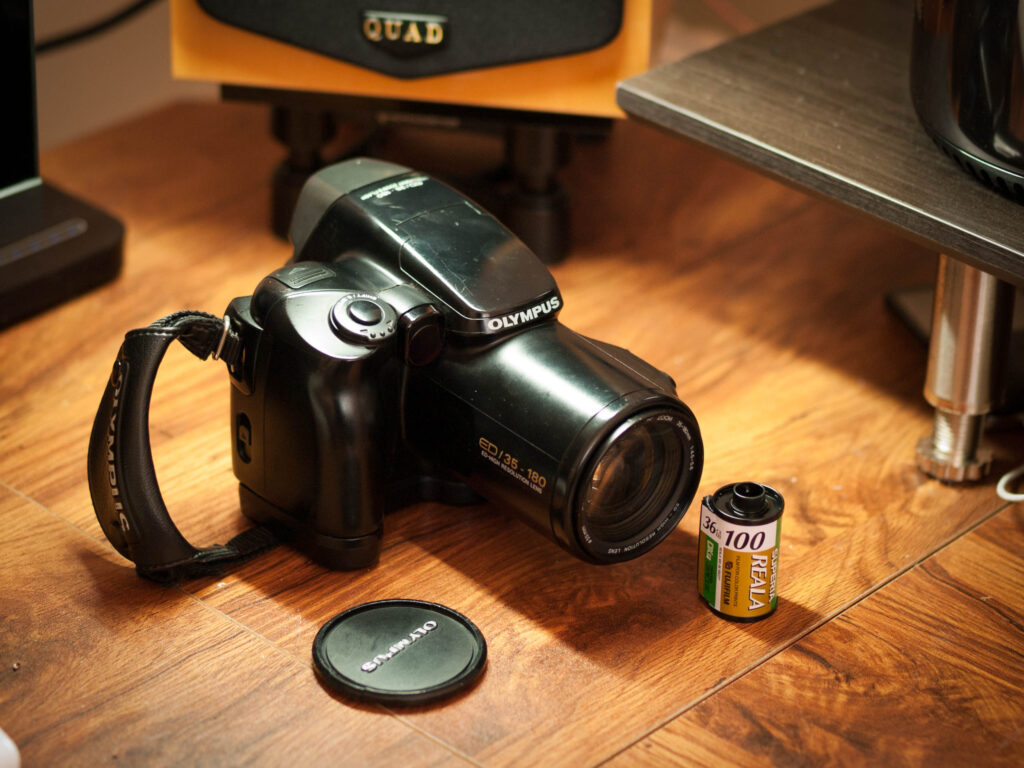
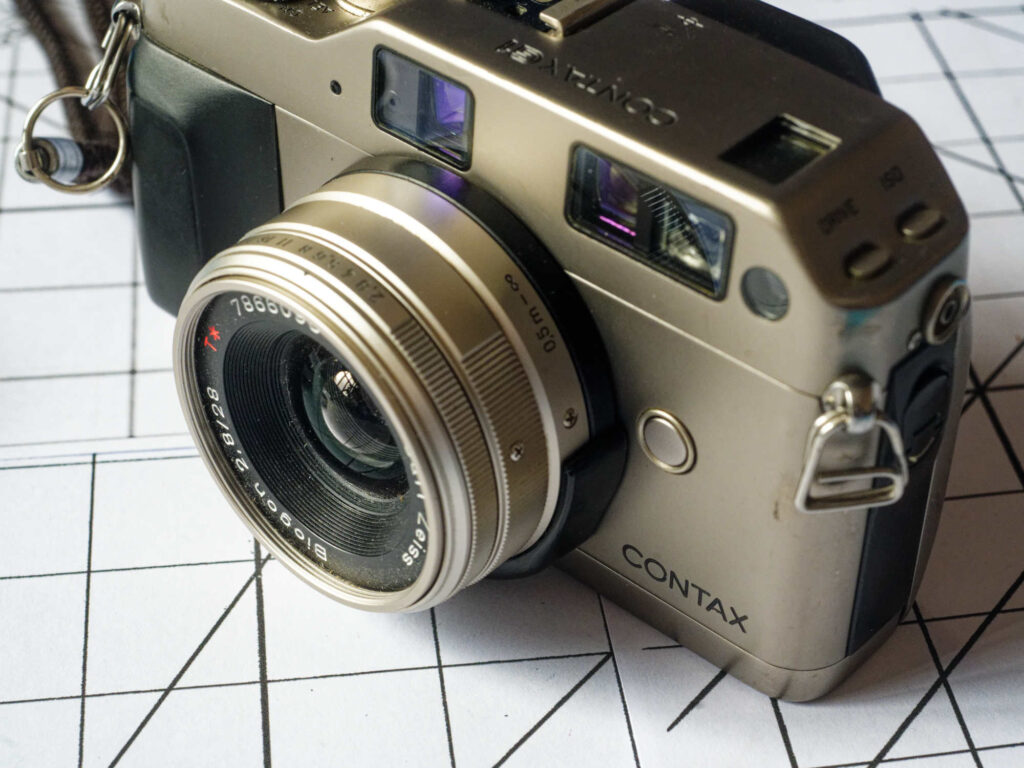
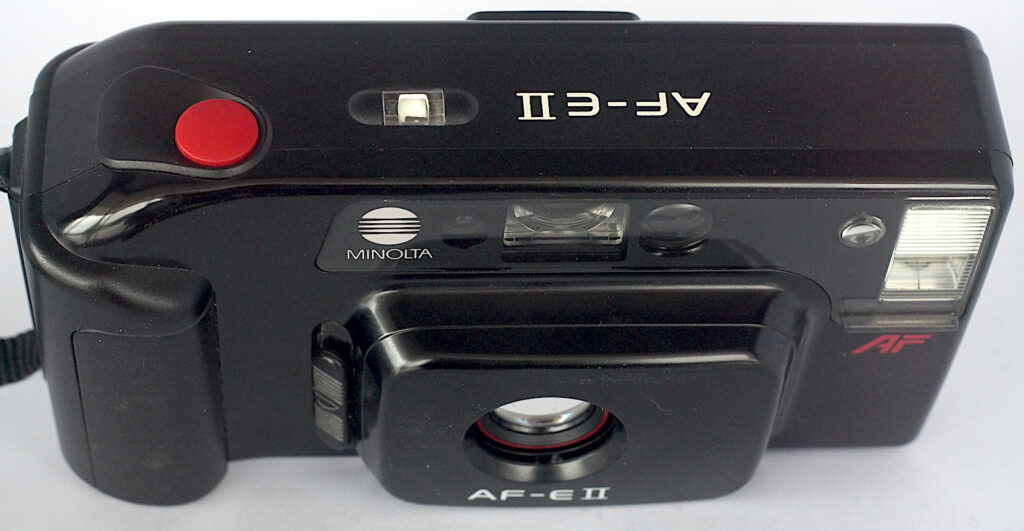




Comments
Bill Brown on Fuji DL-300 & Pentax Espio 140 – Jungle Duel – Point and Shoots
Comment posted: 29/05/2024
Comment posted: 29/05/2024
Gary Smith on Fuji DL-300 & Pentax Espio 140 – Jungle Duel – Point and Shoots
Comment posted: 30/05/2024
Comment posted: 30/05/2024